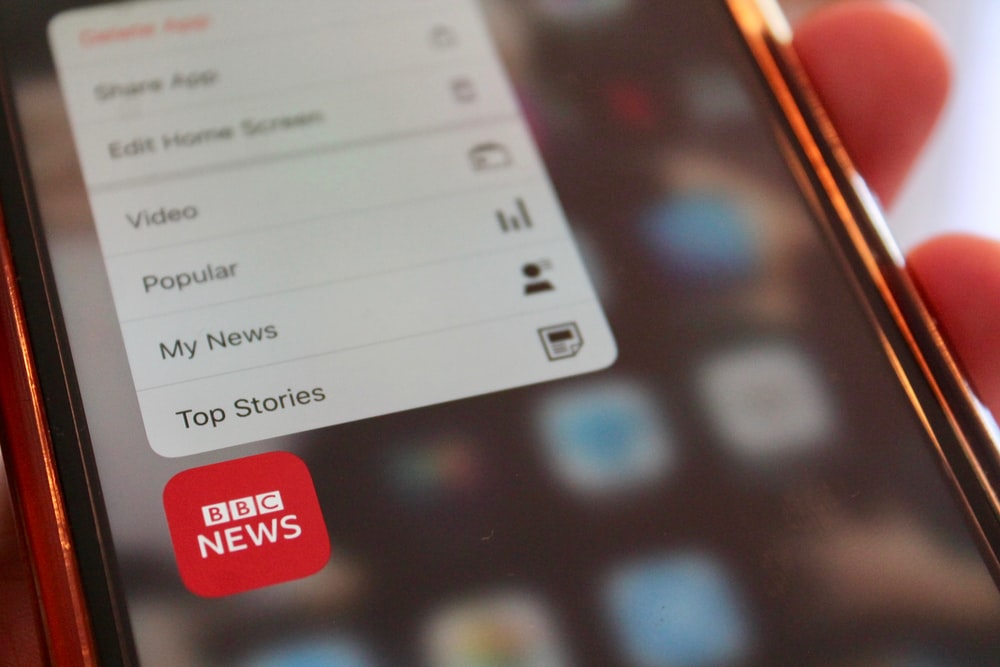In today’s competitive marketplace, staying relevant and appealing to consumers is crucial for any business. A brand makeover can rejuvenate a company’s image, attract new customers, and reinvigorate existing ones. Here’s an exploration of the transformative power of a brand makeover through the journey of a company, let’s call it “Client.”
Before: The Original Client
Logo and Visual Identity
Before: Client had a dated logo featuring a generic graphic paired with a lackluster font. The color palette was a dull combination of green and brown, which failed to stand out in a competitive market. The overall visual identity lacked energy and did not effectively communicate the brand’s core values.
Brand Messaging
Before: The brand messaging was inconsistent and uninspired, focusing on generic benefits that did not distinguish Client from competitors. Taglines like “Quality and Trust” were overused and failed to communicate the unique value proposition of the brand. There was no compelling narrative to engage and attract consumers.
Product Packaging
Before: The packaging was uninspired and generic, featuring a plain design with minimal information about the product’s unique benefits. The labels were cluttered with small text and lacked visual appeal, making it difficult for consumers to quickly grasp the brand’s message.
Customer Engagement
Before: Customer engagement was minimal, with a basic social media presence that did not foster community or interaction. The company’s website was outdated and not user-friendly, offering little in terms of interactive or engaging content.
After: The Transformed Client
Logo and Visual Identity
After: Client unveiled a dynamic new logo featuring a modern, stylized graphic with vibrant, eye-catching colors like bright orange, lively green, and refreshing blue. The new font is sleek and contemporary, exuding energy and health. The updated color palette is designed to stand out and evoke feelings of vitality and wellness.
Brand Messaging
After: The brand messaging was revamped to emphasize Client’s commitment to quality, innovation, and customer satisfaction. New taglines like “Experience the Excellence” and “Innovating for You” communicate a clear, compelling story. Marketing campaigns now highlight the brand’s unique value proposition, focusing on the distinct advantages of their products.
Product Packaging
After: The packaging underwent a complete redesign, featuring bold, colorful graphics that highlight the product’s unique features and benefits. The labels are clean and modern, with clear, easy-to-read text and vibrant imagery that draws attention. The new packaging includes informative icons and a QR code that directs consumers to engaging content about the product’s benefits and uses.
Customer Engagement
After: Client significantly enhanced its customer engagement strategy. The brand now has a robust social media presence with interactive content, including behind-the-scenes looks, customer testimonials, and engaging tips related to their products. The website was redesigned to be user-friendly and visually appealing, featuring interactive elements such as a blog, how-to guides, and a newsletter signup. Client also launched a loyalty program to reward repeat customers and foster brand loyalty.
The Impact of the Makeover
The brand makeover transformed Client from a generic brand into a vibrant, modern, and engaging one that resonates with today’s consumers. Sales increased by 30% within six months of the rebrand, and social media engagement saw a 50% rise. Customers appreciated the fresh, modern look and the compelling, consistent messaging that highlighted the brand’s commitment to quality and innovation.
For Client, the transformation led to increased visibility, stronger customer engagement, and ultimately, higher sales. By thoughtfully redesigning its visual identity, messaging, packaging, and customer engagement strategies, Client now stands out in the competitive market as a vibrant and trustworthy brand.












